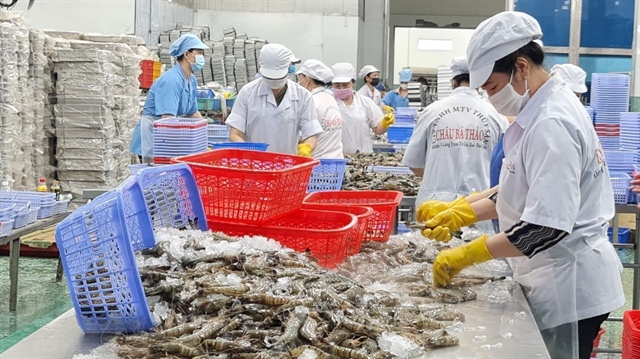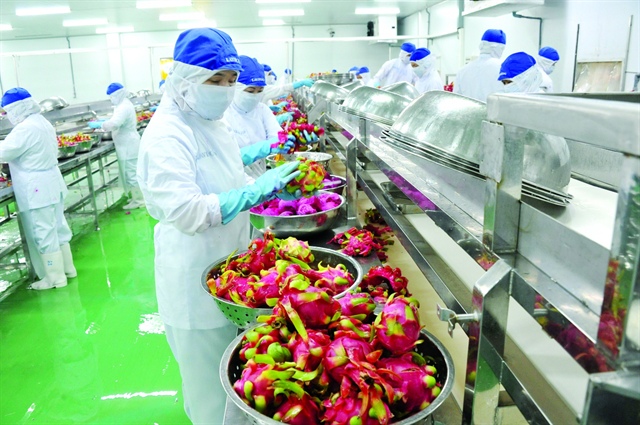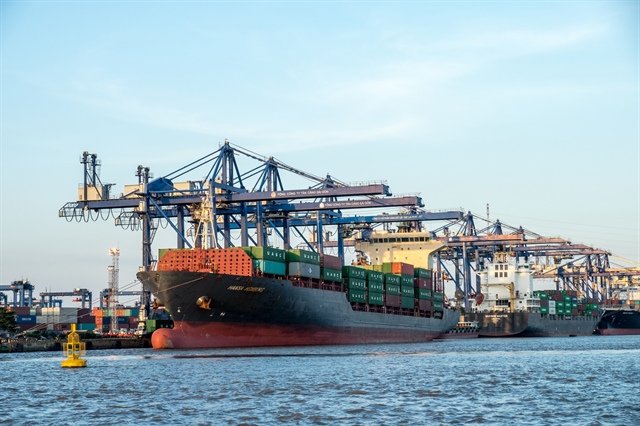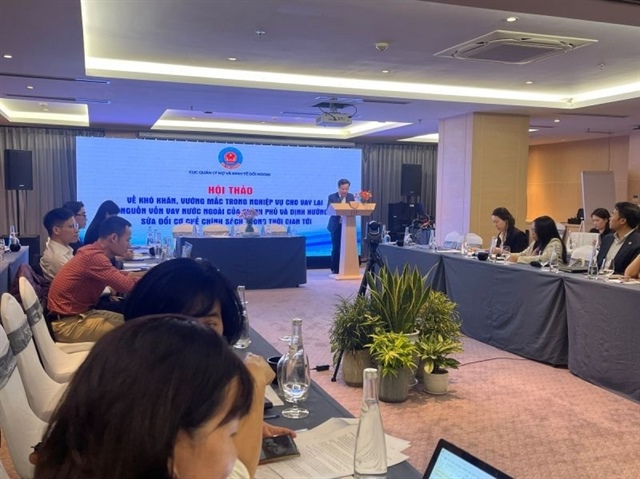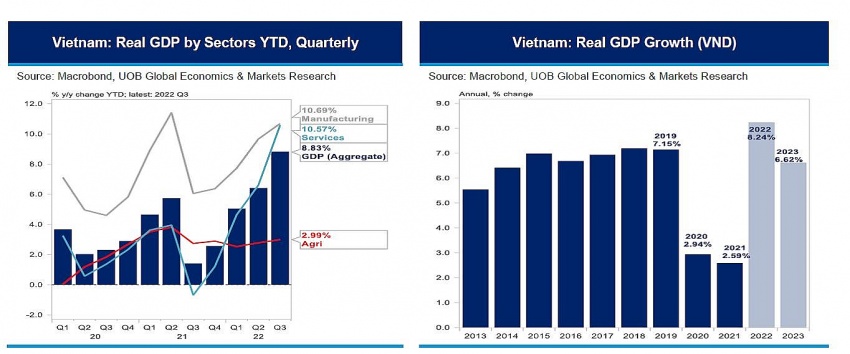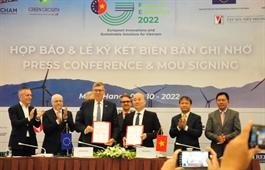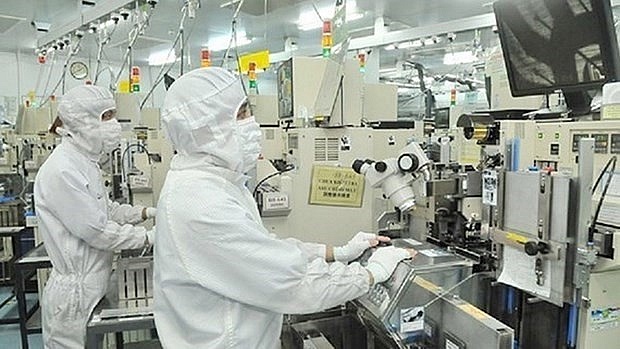Taking advantage of Pacific Rim trade deal
Taking advantage of Pacific Rim trade deal
Vietnamese businesses have been gradually adapting to the Pacific Rim trade treaty since it took effect in Vietnam on January 14, 2019. However, the potential of the Comprehensive and Progressive Agreement for Trans-Pacific Partnership (CPTPP) has not been fully tapped.
Vu Hong Anh, Deputy Director of the Ministry of Industry and Trade’s European-American Market Department said Vietnam's exports to a number of CPTPP markets have skyrocketed. Exports to Canada, for example, reached US$5.3 billion in 2021, up 20.8 percent from 2020 and 75 percent compared to the pre-agreement trade, while sales to Mexico hit US$4.6 billion in 2021, more than double compared to the pre-agreement trade, she said.
|
According to the Vietnam Association of Seafood Exporters and Producers (VASEP), tra fish exports to CPTPP countries grew 123 percent to reach US$31 million in July 2022. In the first seven months of this year, CPTPP markets accounted for US$211.4 million or more than 13 percent of Vietnam's tra fish export value, up 73 percent from the same period in 2021.
According to the VASEP, while the export of seafood in general and tra fish in particular is usually affected by currency changes and high freight rates, sales to CPTPP markets are less affected by those challenges. The zero percent import tax under the agreement and consumers’ switch to affordable fish such as tra fish have helped Vietnam’s tra fish exports to CPTPP countries maintain growth.
|
However, despite the near zeroing of most import tariffs, Vietnam's exports to CPTPP markets face challenges, including long geographical distance, high transportation costs, long transport duration, and high standards of CPTPP countries. Minimization of logistics costs and providing CPTPP importers with information about Vietnamese goods and enterprises are important to increase exports to these markets.
Although it has improved, Vietnamese product quality often falls short of discerning markets’ standards. Vietnamese enterprises need to focus on improving production technology and product quality, and diversifying product design and packaging to better meet the needs of CPTPP markets.
|
| CPTPP is the first new-generation FTA to be implemented in the 21st century. The 11 signatory countries are Australia, Brunei, Canada, Chile, Japan, Malaysia, Mexico, New Zealand, Peru, Singapore and Vietnam. The agreement is expected to offer Vietnam great opportunities not only to increase export value, but also to join the global supply chain and improve its institutions. |


